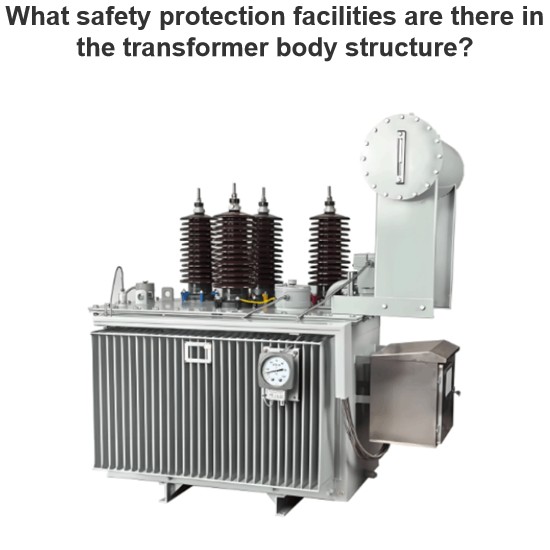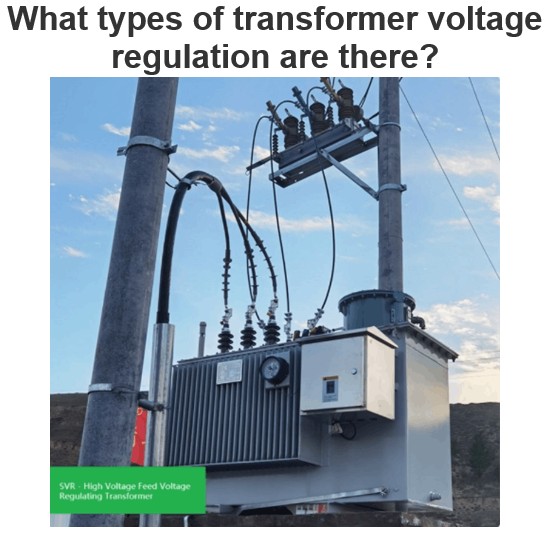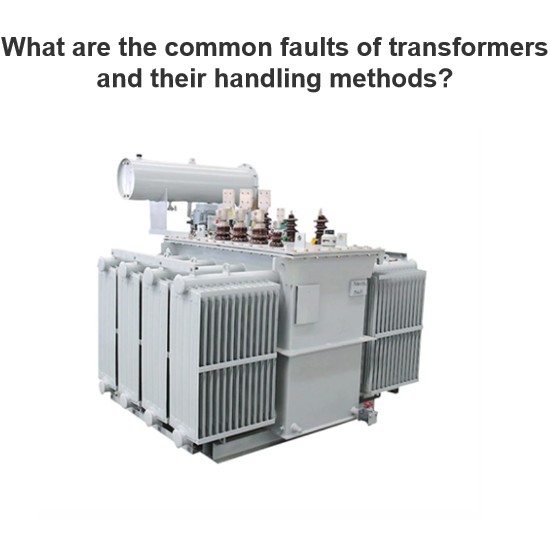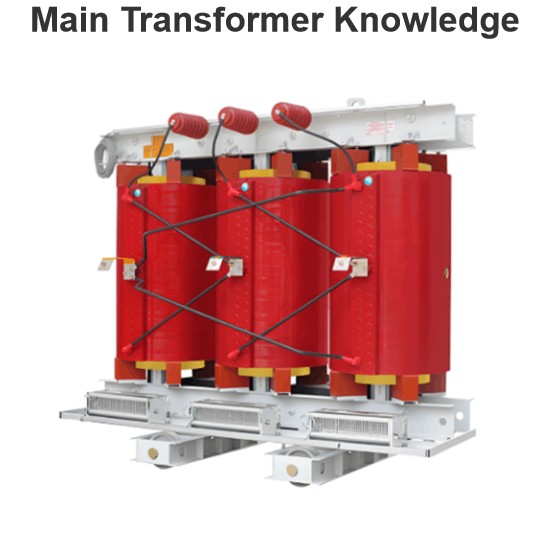Functions of power transformers
The power transformer is a key component in power plants and substations. Its functions are diverse: it can step up voltage to transmit electrical energy over long distances to load centers, as well as step down voltage to various required levels to meet different power demands. In short, both voltage step-up and step-down processes are accomplished through transformers.
In power system transmission, voltage and power losses are inevitable. When transmitting a constant amount of power, voltage drop is inversely proportional to the transmission voltage, and power loss is inversely proportional to the square of the voltage. By using transformers to increase transmission voltage, power losses during transmission can be significantly reduced.
A transformer consists of two or more windings mounted on a common iron core. These windings are coupled through an alternating magnetic field and operate based on the principle of electromagnetic induction. The installation location of a transformer should be selected for ease of operation, maintenance, and transportation, and must be a safe and reliable site.
When using a transformer, its rated capacity must be selected appropriately. When operating under no-load conditions, a transformer draws a significant amount of reactive power from the power system.
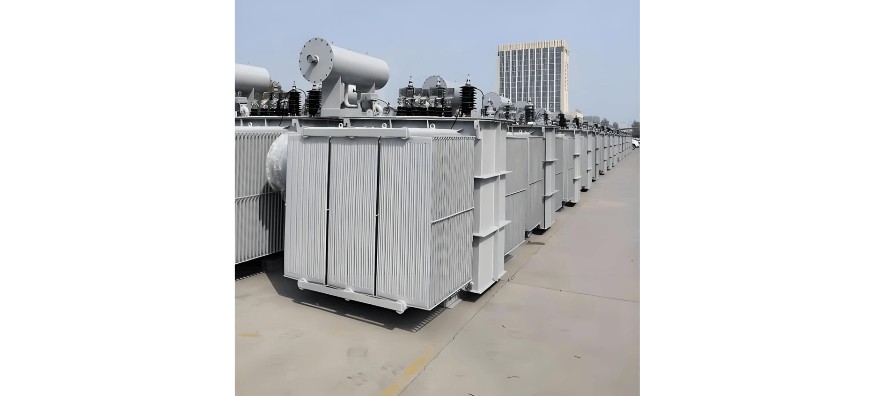
If the transformer capacity is too large, it not only increases initial investment but also leads to prolonged operation under no-load or light-load conditions. This increases the proportion of no-load losses, reduces the power factor, and increases network losses—making such operation neither economical nor efficient.
Conversely, if the transformer capacity is too small, it will be subjected to long-term overload, which may lead to equipment damage. Therefore, the transformer's rated capacity should be selected according to the actual load requirements, ensuring it is neither excessively large nor insufficient.
The Electricity Encyclopedia is dedicated to accelerating the dissemination and application of electricity knowledge and adding impetus to the development and innovation of the electricity industry.
